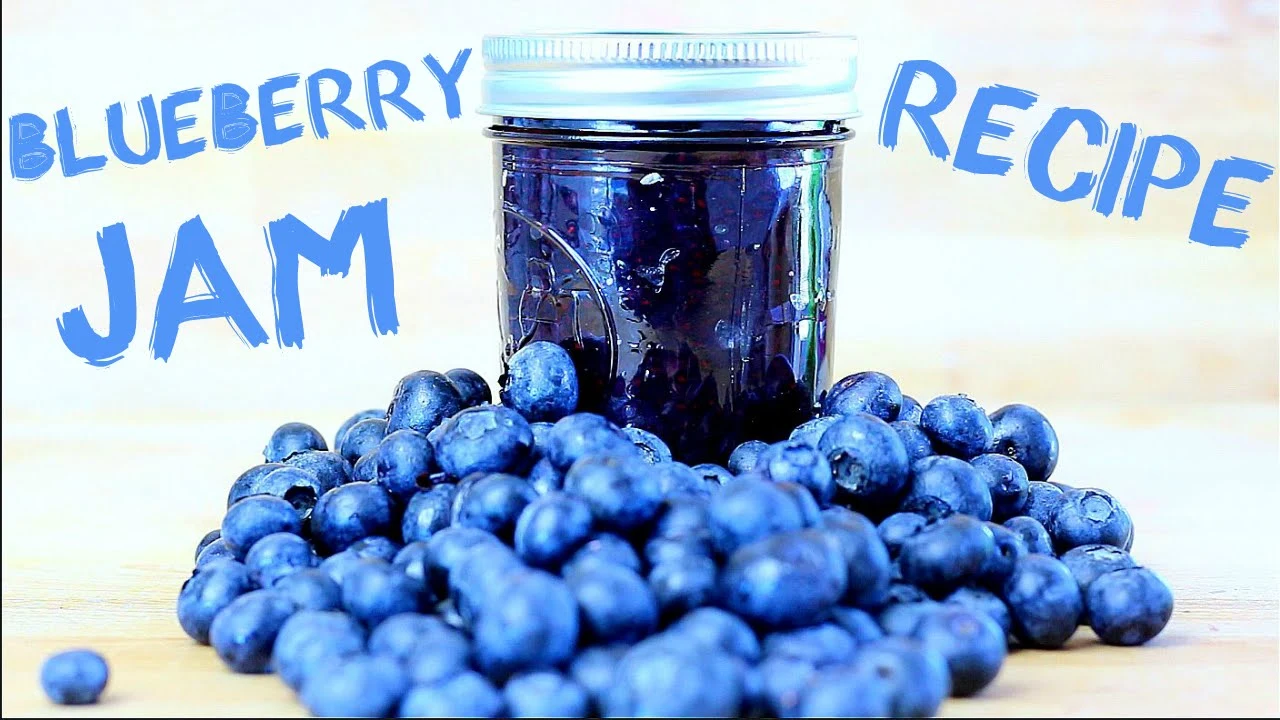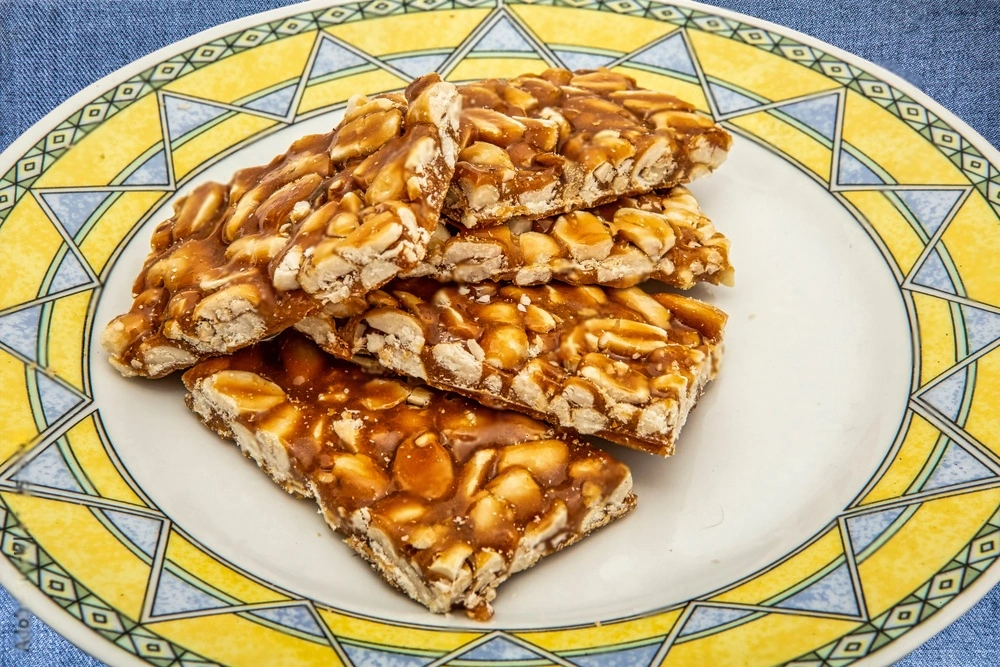classic meatloaf recipe, especially when it comes with a twist that enhances its flavors and simplifies its preparation. The Lipton Meatloaf Recipe, a beloved staple in many households, does just that. It’s not just about mixing ground beef and baking it; it’s an art of blending simplicity with taste. In this comprehensive guide, we’ll dive into the world of Lipton Meatloaf, exploring its ingredients, preparation methods, and much more. Whether you’re a seasoned chef or a beginner in the kitchen, this article promises to unfold the secrets of making a perfect Lipton Meatloaf, ensuring every bite is as delightful as it is memorable.
Introduction to Lipton Meatloaf Recipe
The Popularity and Simplicity of Lipton Meatloaf
Meatloaf has always been a quintessential American dish, known for its hearty and comforting nature. But when you add the magic of Lipton Onion Soup Mix, the dish transforms into something even more special. The Lipton Meatloaf Recipe has gained immense popularity over the years, not just for its delicious taste but also for its straightforward and no-fuss approach to cooking.
Imagine a dish that brings back the nostalgic memories of family dinners, the warmth of home-cooked meals, and the joy of simple yet flavorful recipes. That’s what Lipton Meatloaf offers. It’s a recipe that has been passed down through generations, each adding their own little twist to it. The secret to its widespread appeal lies in its simplicity and the use of Lipton Onion Soup Mix, which packs a punch of flavor, making the meatloaf juicy, savory, and utterly irresistible.
But why does this particular recipe stand out in the vast sea of meatloaf recipes? Well, it’s all about the clever combination of ingredients that are likely already in your pantry. The Lipton Onion Soup Mix eliminates the need for chopping onions or adding a plethora of spices. It’s a one-stop solution to seasoning your meatloaf perfectly. Plus, the preparation is as easy as it gets. Mix the ingredients, shape the loaf, and bake it to perfection. Voilà! You have a delicious meal that’s sure to please everyone at the table.
In the following sections, we’ll delve deeper into the ingredients, the step-by-step process, and some pro tips to make your Lipton Meatloaf experience even more delightful. So, tie your apron, preheat your oven, and get ready to embark on a culinary journey that promises simplicity, flavor, and a whole lot of fun!

Ingredients and Preparation
Essential Ingredients for Lipton Meatloaf
When it comes to making a mouth-watering Lipton Meatloaf, the magic lies in the simplicity of its ingredients. At the heart of this dish is, of course, the Lipton Onion Soup Mix, a versatile and flavor-packed component that brings a unique depth and richness to the meatloaf. This little packet replaces the need for a long list of spices and chopped onions, making your cooking process a breeze.
Next up, we have ground beef, the star of the show. It’s essential to choose good-quality ground beef as it forms the base of your meatloaf. The fat content in the beef plays a crucial role in keeping the meatloaf juicy and flavorful. Then, we have bread crumbs and eggs, acting as the perfect binders that hold the meatloaf together, ensuring it maintains its shape and texture while baking.
Water might seem like an unusual ingredient in a meatloaf recipe, but in this case, it’s crucial. It helps in mixing all the ingredients evenly, ensuring that every slice of your meatloaf is moist and tender. Lastly, a touch of ketchup adds a slight tanginess and sweetness, balancing the flavors beautifully.
Step-by-Step Preparation Guide
Now, let’s roll up our sleeves and get down to the nitty-gritty of making this delightful meatloaf. First things first, preheat your oven to 350°F. This ensures that your meatloaf cooks evenly and acquires a perfect crust.
Begin by taking a large mixing bowl and combining your ground beef with the Lipton Onion Soup Mix. Add in the bread crumbs, eggs, water, and ketchup. Now, here’s where you can get your hands dirty – mix these ingredients until they are well incorporated. It’s important not to overmix, as that can lead to a dense meatloaf.
Once your meat mixture is ready, it’s time to shape it. Transfer the mixture to a baking dish or sheet pan and mold it into a loaf shape. This is where your culinary creativity can shine – no fancy tools needed, just your hands.
Pop the meatloaf into the preheated oven and bake it uncovered for about 45 minutes to an hour. The key to a perfectly cooked meatloaf is ensuring it reaches an internal temperature of 165°F. So, don’t forget to use a meat thermometer!
And there you have it – your Lipton Meatloaf is ready to be devoured. Let it rest for about 10 minutes before slicing. This resting period allows the juices to redistribute, making your meatloaf even more succulent.
Variations and Substitutions
Creative Variations of the Classic Recipe
The beauty of the Lipton Meatloaf recipe lies in its versatility. While the classic recipe is undeniably delicious, don’t hesitate to get creative and tweak it to suit your taste buds or dietary needs. Let’s explore some exciting variations that can add a new twist to this traditional dish.
For those who aren’t big fans of beef or are looking for a lighter option, consider using ground pork, turkey, or chicken, as suggested in these Insanely Good Recipes for Lipton Onion Soup Meatloaf. These alternatives not only change the flavor profile but can also make the dish leaner. Remember, though, that changing the type of meat might alter the cooking time slightly, so keep an eye on that meat thermometer.
If you’re catering to a gluten-free diet, bread crumbs can easily be replaced with gluten-free alternatives like oatmeal or crushed gluten-free crackers. This substitution not only makes your meatloaf gluten-free but also adds a unique texture to the dish.
For a smokier flavor, swap out the ketchup with BBQ sauce. This gives the meatloaf a delightful tang and a hint of smokiness that’s hard to resist. And if you’re a cheese lover, feel free to mix in some shredded parmesan or cheddar for a gooey, cheesy twist.
Adding a splash of Worcestershire sauce can also elevate the umami flavor of your meatloaf, giving it a more complex and savory taste profile.
Alternative Ingredients and Gluten-Free Options
It’s important to remember that cooking is an art, and there’s always room for experimentation. Don’t be afraid to try different herbs, spices, or even a mix of meats to create your own signature version of this classic dish.
For those following a gluten-free diet, the Lipton Onion Soup Mix can be replaced with a homemade mix of dried onions, beef bouillon, and a blend of your favorite herbs and spices. This ensures that you still get that rich, savory flavor without any gluten.
In summary, the Lipton Meatloaf recipe is like a blank canvas, inviting you to add your own colors and flavors. Whether you stick to the classic recipe or venture out with these variations, the result is sure to be a delicious, comforting meal that brings smiles to the dinner table.
Cooking Tips and Techniques
Expert Tips for Perfect Meatloaf
Creating the perfect Lipton Meatloaf isn’t just about following the recipe; it’s also about mastering a few key techniques and tips. These nuggets of wisdom can elevate your meatloaf from good to absolutely fantastic. Let’s dive into some expert tips that will help you achieve meatloaf perfection.
Firstly, the quality of beef is paramount. Opt for ground beef with a bit of fat – this not only enhances the flavor but also ensures that your meatloaf stays moist and juicy. Leaner meats can result in a drier meatloaf, which is something we definitely want to avoid.
When mixing your ingredients, it’s crucial to find the right balance. Overmixing can lead to a tough, dense meatloaf, while undermixing might result in a crumbly, uneven texture. Gently mix the ingredients until just combined for the best results.
Another pro tip, as detailed in this Medium article on Quick and Easy Lipton Meatloaf Recipe, is to wet your hands slightly before shaping the meatloaf., a technique that’s also useful when preparing our classic Pasta with Marinara Sauce. This prevents the mixture from sticking to your hands and makes shaping easier. Plus, it allows you to get a smoother, more even loaf.

Ensuring Moisture and Flavor
The secret to a moist meatloaf lies in not overcooking it. Keep a close eye on the internal temperature – once it hits 165°F, it’s done. Overcooking will only dry out the meatloaf, so that meat thermometer is your best friend here.
Resting the meatloaf after baking is not a step to be skipped. This allows the juices to redistribute throughout the meatloaf, resulting in a more flavorful and moist slice. Give it at least 10 minutes of rest time before slicing.
Lastly, don’t be afraid to experiment with glazes or toppings. A simple ketchup glaze or a brown sugar and mustard topping can add an extra layer of flavor to your meatloaf, making it even more irresistible.
By keeping these tips in mind, you’re well on your way to making a Lipton Meatloaf that’s not just delicious but also has that wow factor. Remember, cooking is as much about technique as it is about ingredients, so embrace these tips and watch your meatloaf game level up!
Serving and Presentation

Serving Suggestions for Lipton Meatloaf
Once you’ve mastered the art of making the perfect Lipton Meatloaf, the next step is to serve it in a way that enhances its appeal and satisfies the palate. Meatloaf is a versatile dish that can be dressed up for a special occasion or kept simple for a comforting weeknight dinner. Here are some serving suggestions to make your meatloaf shine.
A classic way to serve meatloaf is in traditional slices, accompanied by sides like creamy mashed potatoes and steamed green beans. This combination not only looks appealing on the plate but also offers a balanced meal with a mix of protein, carbs, and veggies.
For a more casual take, why not turn your meatloaf into a sandwich filler, similar to how you might enjoy a slice of our delicious Pumpkin Banana Loaf? Place a thick slice of meatloaf between two pieces of bread, add some lettuce, tomato, and a smear of mayo or mustard, and you’ve got yourself a hearty and delicious sandwich.
If you’re entertaining or looking for portion control, consider making mini meatloaves using a muffin tin. This not only makes for a cute presentation but also ensures everyone gets an evenly cooked portion.
Accompaniments and Presentation Ideas
When it comes to accompaniments, the sky’s the limit. A light salad, garlic bread, or even roasted vegetables can complement the rich flavors of the meatloaf, much like the sides recommended in our Instant Pot Chicken Gnocchi Soup Recipe – Easy & Delicious. Don’t forget the power of a good sauce – a homemade gravy or a dollop of extra ketchup can elevate the dish to new heights.
Presentation-wise, garnishing your meatloaf with a sprinkle of fresh herbs like parsley can add a pop of color and freshness. If you’ve opted for a glaze, make sure it’s glossy and evenly spread for that mouth-watering look.
Remember, the way you present your food can make a big difference in how it’s perceived and enjoyed. So, take a moment to arrange your meatloaf and sides in an appetizing way – it’s worth the extra effort!
Storage and Leftovers
Storing and Reheating Lipton Meatloaf
One of the great things about meatloaf is that it can be just as delicious the next day, making it a fantastic option for leftovers. Proper storage and reheating are key to maintaining the meatloaf’s flavor and texture. Here’s how to ensure your Lipton Meatloaf remains a treat even after a day or two.
For storing leftover meatloaf, wait until it cools down to room temperature. Then, wrap it tightly in plastic wrap or aluminum foil, or place it in an airtight container. Stored like this, your meatloaf will keep in the refrigerator for up to 3-4 days.
If you’re a fan of meal prepping or simply want to have a ready-to-go meal option, you can freeze the meatloaf. Wrap the cooled meatloaf (whole or in slices) in plastic wrap and then in aluminum foil. Properly stored, it can last in the freezer for up to 3 months. When you’re ready to enjoy it, thaw it in the refrigerator overnight before reheating.
Tips for Leftovers and Freezing
Reheating meatloaf is easy and can be done in a microwave or an oven. If using a microwave, place the meatloaf slices on a microwave-safe dish and heat them for 1-2 minutes or until heated through. For oven reheating, place the slices in an oven-safe dish, cover with foil, and warm them at 350°F for about 10-15 minutes.
A little tip for adding moisture back to refrigerated or frozen meatloaf is to add a splash of broth or a pat of butter on top before reheating. This helps to keep the meatloaf moist and flavorful.
Remember, the key to delicious leftover meatloaf is in how it’s stored and reheated. With these tips, you can enjoy your Lipton Meatloaf for days, with each serving as good as the first.
Common Mistakes and Solutions
Avoiding Common Meatloaf Mistakes
Even the most experienced cooks can encounter hiccups when preparing a dish as classic as meatloaf. Being aware of common mistakes and knowing how to avoid them can make the difference between a mediocre meal and a fantastic feast. Let’s look at some typical meatloaf missteps and how to sidestep them.
One of the most frequent errors is not mixing the ingredients thoroughly, leading to uneven flavors and textures. It’s crucial to ensure that the Lipton Onion Soup Mix, ground beef, and other ingredients are well-incorporated. However, there’s a fine line – overmixing can result in a tough, dense meatloaf. The goal is to mix just enough to combine the ingredients evenly.
Another common oversight is ignoring the internal temperature. Meatloaf should be cooked until it reaches an internal temperature of 165°F. Without a meat thermometer, you’re simply guessing, which can lead to undercooked or overcooked meatloaf.
Troubleshooting Tips
Skipping the resting time after baking is another mistake. Resting allows the juices to redistribute throughout the meatloaf, making it moister and easier to slice. Give your meatloaf about 10 minutes to rest before cutting into it.
Also, be mindful of the size and shape of your meatloaf. If it’s too thick, it might not cook evenly. Aim for a consistent shape that will cook uniformly.
Lastly, don’t be afraid to get creative with flavors and textures, but also know the limits. Adding too many wet ingredients can make your meatloaf soggy, while too many dry ingredients can make it crumbly.
By avoiding these common pitfalls, you’re well on your way to creating a Lipton Meatloaf that’s not just good, but a standout dish in your culinary repertoire.
With these insights and tips, you’re now equipped to make a Lipton Meatloaf that’s sure to impress. Remember, cooking is a journey of learning and experimentation. Each step, from selecting ingredients to serving the final dish, is an opportunity to express your culinary creativity. So, go ahead, give this classic recipe a try, and watch as it becomes a cherished favorite in your home. Happy cooking!





